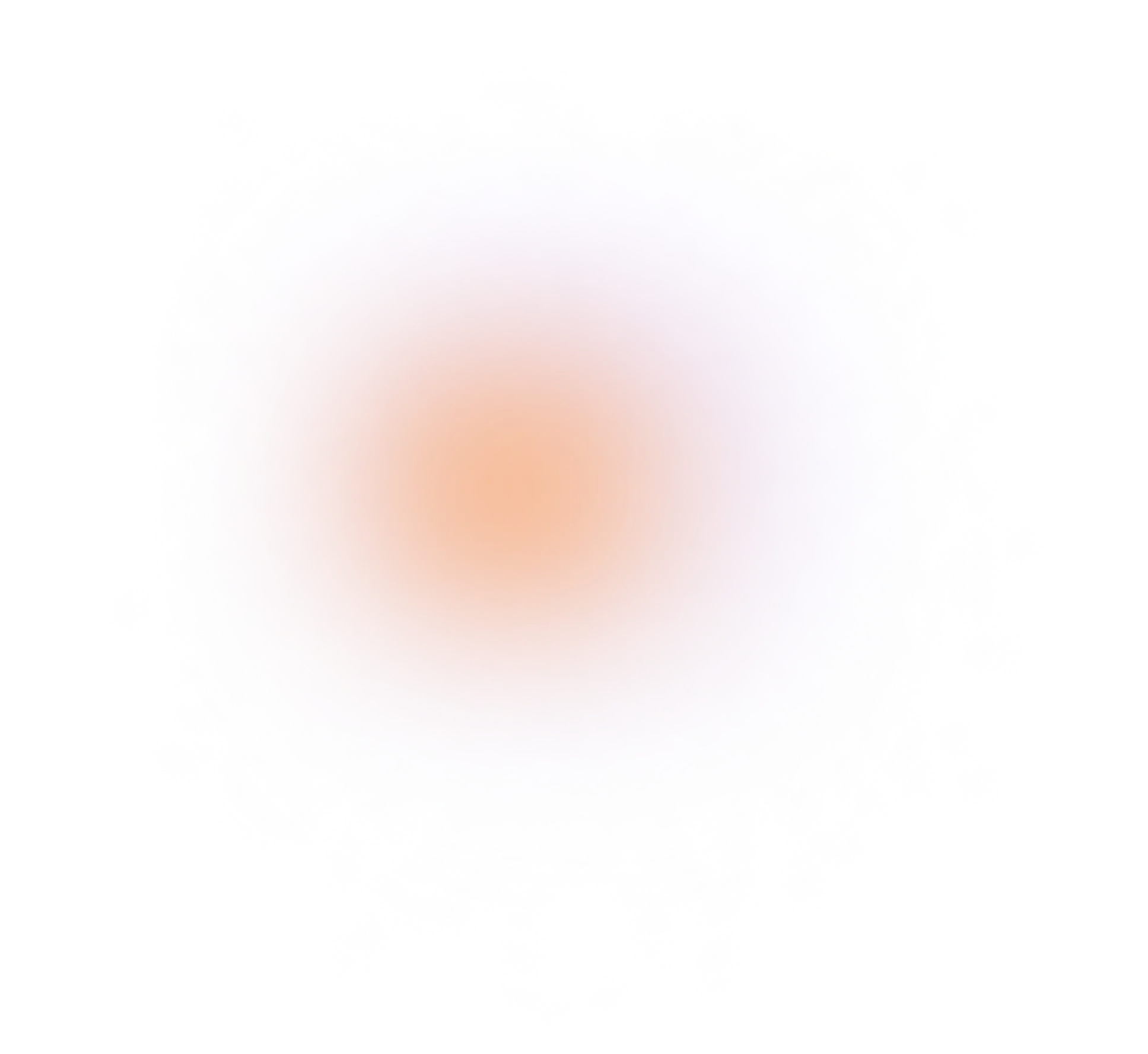
Responding to RFPs (Requests for Proposals) can be a slow, repetitive process, one that eats up time from sales, security, and legal teams. RFP software changes that, it automates the process of completing questionnaires, proposals, and security documents, so teams can respond faster, more accurately, and at scale.
Understanding RFP Automation Software Basics
Definition and Core Functionality
RFP software is a specialized tool designed to streamline how businesses respond to client questionnaires such as RFPs, RFIs, DDQs, and security assessments. It acts as a central hub where proposal tasks are managed, answers are stored, and teams collaborate, so you never have to start from scratch again.
Modern RFP platforms combine automation, content reuse, and collaboration features to eliminate manual, repetitive work.
Key Components of RFP Software
Content Management
The best RFP software solutions use AI to build and manage a centralized knowledge base. Verified responses to previous questions are stored, tagged, and ready to be reused, meaning your team can answer with confidence in seconds, not hours.
Automation Capabilities
AI and machine learning are at the core of modern RFP software. Natural Language Processing (NLP) enables these tools to read questions, understand context, and suggest relevant, pre-approved answers. This not only saves time but also ensures brand consistency and compliance across all responses.
Project Management Features
RFPs involve multiple stakeholders: sales, security, legal, and compliance teams. That’s why RFP software comes with built-in task assignment, deadline tracking, and approval workflows. Privasee’s platform makes collaboration seamless, helping teams stay aligned and complete proposals without bottlenecks.
Choosing the Right RFP Software Vendor
Security Considerations
When evaluating RFP software, security should never be an afterthought. Look for providers that offer SOC 2 Type 2 compliance, SSO, role-based access, and built-in privacy protections like GDPR alignment.
Implementation and Support
Great RFP software doesn’t just automate, it transforms workflows. But that only happens with great onboarding.
Key Evaluation Factors
When choosing a vendor, consider:
- Integration with existing tools: Can it plug into your current stack?
- Pricing transparency: Is pricing clear and scalable?
- Industry-specific features: Can it handle DDQs, RFIs, and security reviews?
- Ongoing support and innovation: Will the product evolve with your needs?
Key Takeaways
RFP software has become an essential tool for businesses that regularly respond to complex questionnaires and proposals. By automating repetitive tasks, centralizing knowledge, and enabling cross-team collaboration, it allows companies to respond faster and more effectively. Whether you're navigating RFPs, RFIs, or security assessments, understanding how these tools work (and what to look for in a provider) can help you streamline your process and stay competitive. Remember:
- RFP software helps organizations manage and respond to Requests for Proposals (RFPs) more efficiently by centralizing tasks and automating repetitive work.
- These tools often include AI-powered content suggestions, allowing teams to reuse accurate, pre-approved answers from past responses.
- Collaboration features (like task assignments, approval workflows, and status tracking) help multiple departments work together on responses.
- Many platforms integrate with popular tools (e.g., Google Drive, Slack) and support various file formats, streamlining the overall process.
- Security and compliance capabilities such as role-based access, audit trails, and support for regulations (like GDPR) are commonly built-in.
- Implementing RFP software can significantly reduce response time, minimize errors, and improve consistency across all types of questionnaires, including RFIs and DDQs.
RFP Software - FAQs
What is RFP software and how does it benefit businesses?
It automates the RFP response process, helping teams respond faster, more accurately, and with less manual effort.
How does RFP automation software work?
It uses AI to scan documents, suggest answers from a central knowledge base, and streamline collaboration and approvals.
What are the key components of RFP software?
AI-driven content management, automation, project management workflows, and integration features.
How long does it typically take to implement RFP software?
With Privasee, most teams are fully onboarded and seeing value within days, not weeks.
What should I consider when choosing an RFP software vendor?
Security, integrations, ease of use, scalability, and customer support are critical factors.


%20(30).png)
%20(29).png)
%20(28).png)
%20(5).png)
%20(1).png)
%20(47).png)